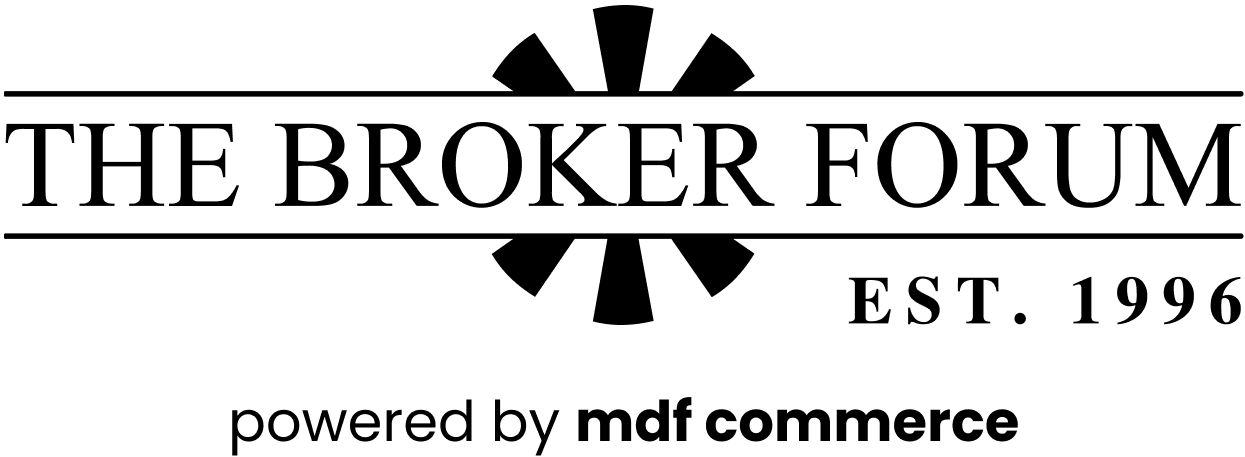Results for: NMF2405
in DC to DC Converter and Switching Regulator Chip
Send an RFQ for this part NOW »
Select the line item to get a quote for part number NMF2405 or refine your search within part number NMF2405 part variation at the bottom of this page.
If you're not already a Broker Forum member, get your
free access to contact NMF2405 vendors.
DC to DC Converter and Switching Regulator Chip
Electronic switch-mode DC to DC converters convert one DC voltage level to another, by storing the input energy temporarily and then releasing that energy to the output at a different voltage. The storage may be in either magnetic field storage components (inductors, transformers) or electric field storage components (capacitors). This conversion method is more power efficient (often 75% to 98%) than linear voltage regulation (which dissipates unwanted power as heat). This efficiency is beneficial to increasing the running time of battery operated devices. The efficiency has increased since the late 1980s due to the use of power FETs, which are able to switch at high frequency more efficiently than power bipolar transistors, which incur more switching losses and require a more complicated drive circuit. Another important innovation in DC-DC converters is the use of synchronous rectification replacing the flywheel diode[2] with a power FET with low "on resistance", thereby reducing switching losses. Before the wide availability of power semiconductors, low power DC to DC converters of this family consisted of an electro-mechanical vibrator followed by a voltage step-up transformer and a vacuum tube or semiconductor rectifier or synchronous rectifier contacts on the vibrator. Most DC-to-DC converters are designed to move power in only one direction, from the input to the output. However, all switching regulator topologies can be made bi-directional by replacing all diodes with independently controlled active rectification. A bi-directional converter can move power in either direction, which is useful in applications requiring regenerative DC-to-DC converters are now available as integrated circuits needing minimal additional components. They are also available as a complete hybrid circuit component, ready for use within an electronic assembly.
Power Management > DC to DC Conversion > DC to DC Converter and Switching Regulator Chip
| Part No. | DS | Manufacturer | D/C | Qty | Region | Action |
|---|---|---|---|---|---|---|
| URB2405ZP-6WR3 | Mornsun | - | 3000 | China | Request A Quote | |
| URB2405ZP6WR3 | Mornsun | - | 405 | China | Request A Quote | |
| URB2405ZP-6WR3 | Mornsun | 202350 | 1890 | Slovakia | Request A Quote | |
| URB2405ZP-6WR3 | Mornsun | - | 122 | China | Request A Quote | |
| URB2405ZP6WR3 | Mornsun | - | 100 | China | Request A Quote | |
| URB2405ZP6WR3 | Mornsun | - | 405 | China | Request A Quote | |
| URB2405ZP-6WR3 | Mornsun | 2018+ | 1000 | China | Request A Quote | |
| URB2405ZP-6WR3 | Mornsun | 2023+ | 900 | China | Request A Quote |
Part No. Variations

